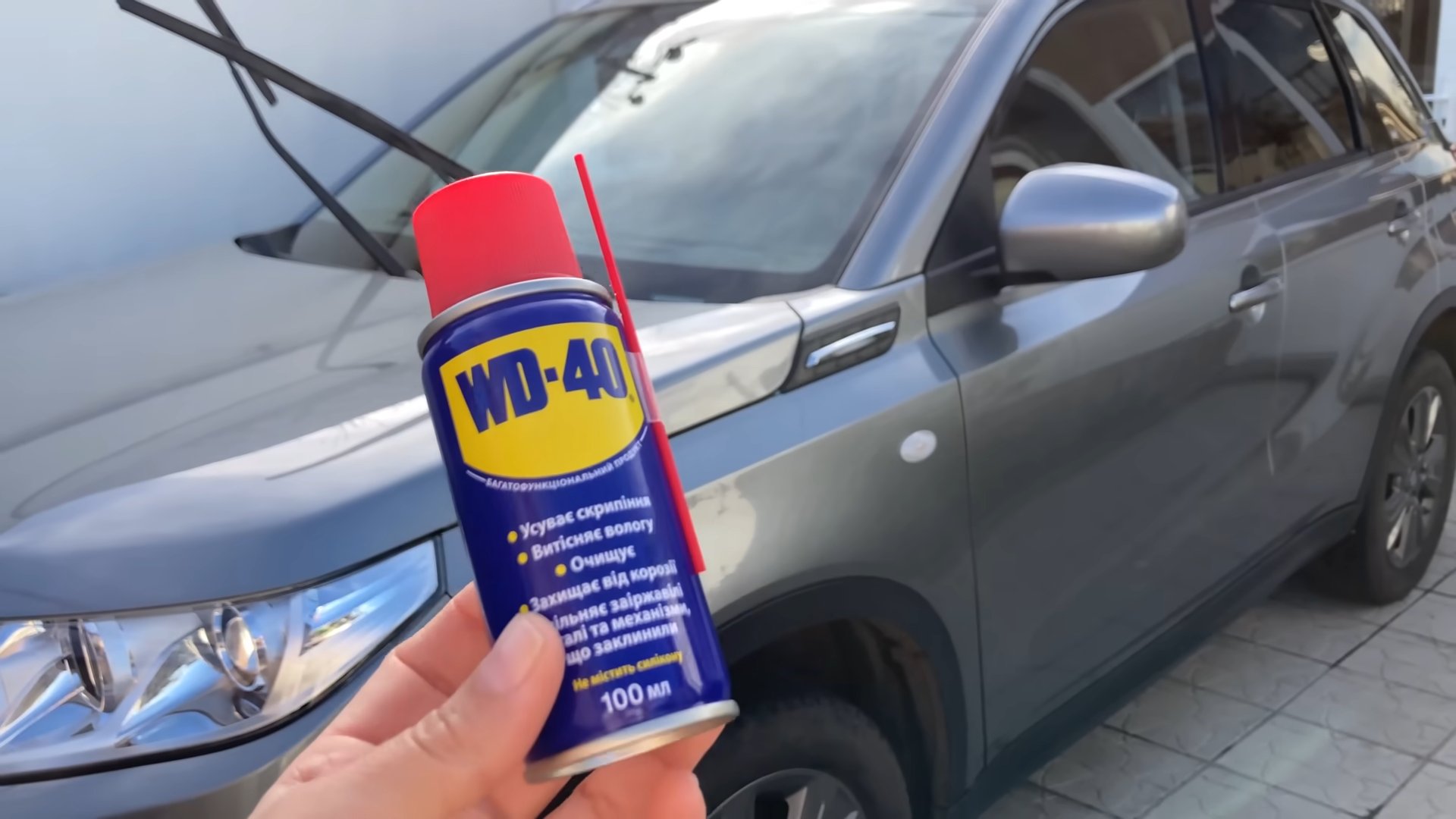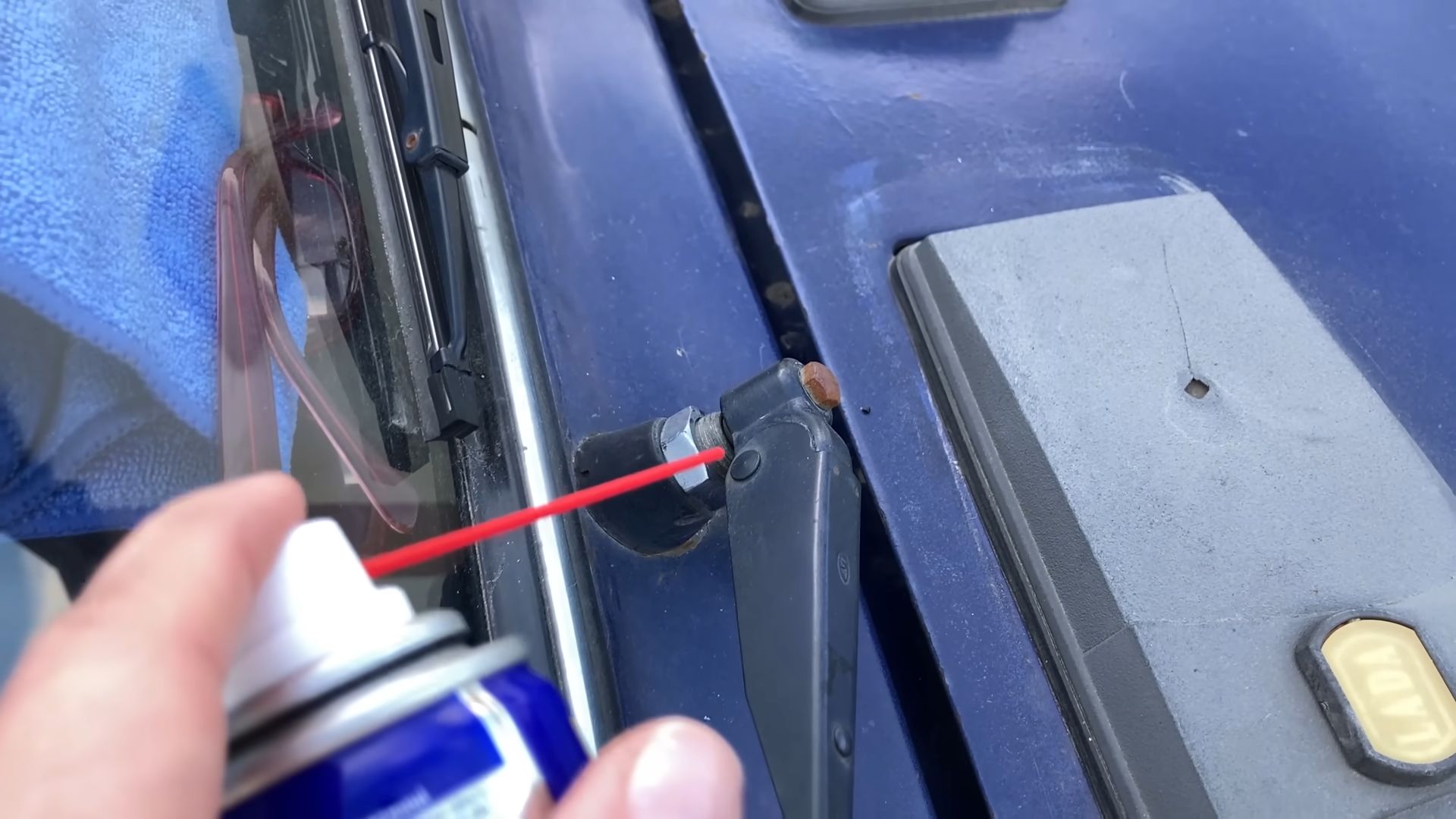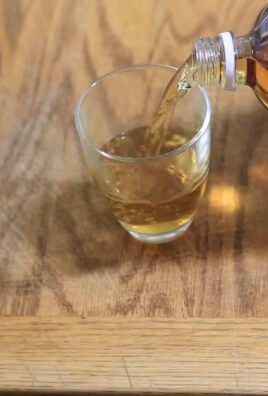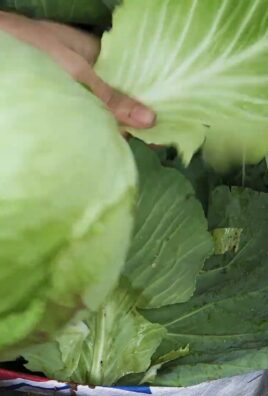WD40 Car Care Hacks: Unlocking the Power of a Versatile Product
I’ve always been fascinated by the seemingly endless possibilities of WD-40, and recently, I’ve discovered a whole new world of WD40 car care hacks that are both incredibly effective and surprisingly simple. Forget expensive detailing products and complicated procedures; this article is your gateway to achieving a showroom shine and tackling pesky car problems using a product you probably already have in your garage!
While WD-40 is famously known for its lubricating and rust-preventative properties, its applications extend far beyond the typical household uses. Its history dates back to 1953, when it was originally developed as a corrosion preventative for rockets. Today, its versatility has made it a staple in countless homes and workshops, and I’m here to show you how it can become an indispensable part of your car care routine as well.
Why You Need These WD40 Car Care Hacks
Let’s face it, keeping your car looking its best and running smoothly can be time-consuming and expensive. Between professional detailing services, specialized cleaning products, and potential repair costs, maintaining your vehicle can quickly drain your budget. That’s where these WD40 car care hacks come in. These simple DIY tricks will help you save money, time, and effort, allowing you to achieve professional-level results without breaking the bank or spending hours in the garage.
From removing stubborn sticky residue to lubricating squeaky hinges, these WD40 car care hacks are designed to address common car problems with ease and efficiency. Get ready to discover the hidden potential of this versatile product and transform your car care routine!

WD-40: Beyond the Garage – Unexpected Car Care Hacks
WD-40. We all know it’s great for loosening stuck bolts, but did you know this versatile spray can do so much more for your car? I’ve been using WD-40 for years, and I’m constantly amazed by its hidden talents. Here are some of my favorite car care hacks using WD-40, along with detailed instructions to help you get the job done right.
Preparing for Your WD-40 Car Care Session
- Gather your supplies: You’ll need your can of WD-40, a clean rag or some paper towels, possibly some rubber gloves (depending on the task), and potentially a toothbrush or other small cleaning brush.
- Work in a well-ventilated area: WD-40 has a strong odor, so make sure you’re working outside or in a garage with good ventilation.
- Protect your paint: Before spraying WD-40, test it on an inconspicuous area of your car’s paint to ensure it doesn’t damage the finish. A small, hidden spot is perfect for this test.
- Read the WD-40 label: Always refer to the manufacturer’s instructions and safety precautions before using the product.
Cleaning and Protecting Your Car’s Exterior
- Removing Sticky Residue: Tree sap, bug guts, and even stubborn stickers can be a nightmare to remove. Spray WD-40 directly onto the affected area, let it sit for a few minutes to penetrate, then gently wipe away the residue with a clean rag. For really stubborn spots, let it sit longer, up to 15 minutes. Remember to test in an inconspicuous area first!
- Cleaning Your Headlights: Cloudy or yellowed headlights can significantly reduce visibility. Spray WD-40 onto a clean rag, then gently rub it onto the headlight lenses in a circular motion. This can help remove oxidation and restore clarity. Follow up with a clean, dry cloth to buff to a shine. For severely damaged headlights, this might not be enough, and professional restoration might be necessary.
- Lubricating Sticky Door Locks and Hinges: Spray a small amount of WD-40 into the keyhole or on the hinges. Work the lock or hinge back and forth to distribute the lubricant. This will help prevent squeaking and ensure smooth operation. Avoid over-spraying, as excess WD-40 can attract dirt.
- Protecting Chrome Trim: WD-40 can help prevent rust and corrosion on chrome trim. Spray a light coat onto the chrome, then wipe it down with a clean cloth. This will leave a protective layer and help maintain its shine. Again, test in an inconspicuous area first.
- Removing Road Tar: Road tar is a sticky menace. Spray WD-40 generously onto the affected area, let it soak in for a few minutes, then carefully scrape off the tar using a plastic scraper or a dull knife. Wipe clean with a rag. Be gentle to avoid scratching your paint.
Addressing Interior Issues with WD-40
- Cleaning Vinyl and Leather: WD-40 can help clean and condition vinyl and leather interiors. Spray a small amount onto a clean cloth, then gently wipe down the surfaces. This can help remove dirt and grime and restore some shine. Always test on a hidden area first, especially with leather.
- Lubricating Seat Tracks: If your car seats are sticking or squeaking, spray a small amount of WD-40 onto the seat tracks. Move the seats back and forth to distribute the lubricant. This will help them slide more smoothly. Be careful not to get WD-40 on the upholstery.
- Removing Scratches from Plastic Trim: For minor scratches on plastic trim, WD-40 can help to fill them in and improve their appearance. Apply a small amount to the scratch, let it sit for a few minutes, then wipe clean with a soft cloth. This is more of a temporary fix than a permanent solution.
Maintaining Your Car’s Undercarriage
- Protecting Against Rust: WD-40 can help protect metal parts under your car from rust and corrosion. Spray a light coat onto exposed metal surfaces, paying particular attention to areas prone to rust. This is a preventative measure, not a cure for existing rust.
- Lubricating Moving Parts: Various moving parts under your car, such as hinges and linkages, can benefit from a light application of WD-40. This will help prevent squeaking and ensure smooth operation. Use sparingly and avoid spraying onto brake components.
Important Considerations and Safety Precautions
- WD-40 is not a replacement for dedicated car care products: While it has many uses, it’s not a substitute for specialized cleaners, polishes, or lubricants.
- Always test in an inconspicuous area first: This is crucial to avoid damaging your car’s paint or other surfaces.
- Use WD-40 sparingly: Over-spraying can attract dirt and leave residue.
- Avoid spraying near hot surfaces or open flames: WD-40 is flammable.
- Dispose of used rags properly: WD-40-soaked rags can be a fire hazard.
- Wear appropriate safety gear: Gloves are recommended for some tasks.
- Proper ventilation is essential: Work in a well-ventilated area to avoid inhaling the fumes.
Remember, these are just a few of the many ways you can use WD-40 for car care. With a little creativity, you can find even more uses for this versatile product. Always prioritize safety and test in an inconspicuous area before applying WD-40 to any part of your vehicle.

Conclusion
So there you have it – a collection of surprisingly effective WD-40 car care hacks that can save you time, money, and a whole lot of frustration. From tackling stubborn sticky situations to restoring shine and protecting your vehicle’s surfaces, the versatility of WD-40 for car care is truly remarkable. This isn’t just about quick fixes; it’s about leveraging a readily available product to achieve professional-level results without the professional-level price tag. This DIY approach empowers you to take control of your car’s maintenance, fostering a deeper connection with your vehicle and a sense of accomplishment. The ease of use, coupled with the impressive results, makes these WD-40 car care hacks a must-try for every car owner, regardless of experience level.
Don’t be afraid to experiment and adapt these techniques to your specific needs. For instance, you can enhance the cleaning power of the WD-40 lubricant by combining it with a gentle car wash soap for a more thorough clean. For particularly stubborn grime, consider letting the WD-40 sit for a few minutes before wiping it away. Remember to always test any new cleaning solution on a small, inconspicuous area first to ensure it doesn’t damage your car’s paint or finish. For those with leather interiors, you might want to explore using a dedicated leather cleaner and conditioner after using WD-40 to remove stubborn stains, ensuring the leather remains supple and protected. The possibilities are endless!
We encourage you to try these WD-40 car care hacks and share your experiences with us! Let us know which hacks worked best for you, what variations you experimented with, and any additional tips you’ve discovered. Your feedback will help other car enthusiasts discover the amazing potential of WD-40 for car maintenance. Join the conversation and help build a community of DIY car care enthusiasts. Share your before-and-after photos on social media using #WD40CarHacks – we can’t wait to see your results! By embracing these simple yet effective techniques, you’ll not only save money but also gain a newfound appreciation for the power of resourceful car maintenance. Remember, a little WD-40 can go a long way in keeping your car looking its best.
Frequently Asked Questions
Is WD-40 safe to use on all car surfaces?
While WD-40 is versatile, it’s crucial to test it on an inconspicuous area first. It’s generally safe for exterior surfaces like paint (though not recommended for prolonged exposure), rubber, and plastic, but avoid prolonged contact with delicate surfaces or interiors. Always follow the product instructions and exercise caution.
Can WD-40 damage my car’s paint?
Prolonged exposure to WD-40 might leave a residue that can attract dust and dirt. It’s best to wipe it off thoroughly after use. While generally safe for short-term use, it’s not a substitute for dedicated car wax or sealant for long-term paint protection. Always test on a small, hidden area before applying it to a larger surface.
What are the best ways to clean WD-40 residue?
After using WD-40, wipe the treated area thoroughly with a clean, soft cloth. For stubborn residue, you can use a gentle car wash soap and water to remove any remaining traces. Ensure the area is completely dry to prevent water spots.
Can I use WD-40 on my car’s interior?
Use caution when applying WD-40 to your car’s interior. It’s best suited for cleaning stubborn stains on hard surfaces like plastic or vinyl. Avoid using it on leather or fabric, as it could damage these materials. Always test on a small, hidden area first.
Are there any alternatives to WD-40 for similar car care tasks?
Yes, there are many specialized car care products available for specific tasks. For example, dedicated silicone sprays can provide lubrication, while specialized cleaners are designed for different surfaces and materials. However, WD-40 offers a convenient and often effective solution for various minor car care needs.
How often can I use WD-40 on my car?
There’s no set frequency. Use WD-40 as needed for specific tasks. Avoid overusing it, as excessive application might leave residue. Always follow the product instructions and prioritize thorough cleaning after each application.
Where can I buy WD-40?
WD-40 is widely available at most auto parts stores, hardware stores, supermarkets, and online retailers. It’s a readily accessible product, making it a convenient choice for DIY car care.
Can I use WD-40 on my car’s engine?
While WD-40 can displace moisture, it’s not recommended for regular engine cleaning or lubrication. Use specialized engine degreasers and lubricants for engine maintenance. Using WD-40 in the engine compartment should be limited to displacing moisture from specific components and should be followed by thorough cleaning.
What are some other unexpected uses of WD-40 for car care?
Beyond the hacks mentioned, WD-40 can help loosen stuck bolts and nuts, remove sticky labels or stickers, and even clean grime from your car’s headlights. Its versatility extends beyond the typical applications.
Is WD-40 environmentally friendly?
While WD-40 is widely used, it’s important to be mindful of its environmental impact. Avoid spraying it directly onto the ground or into waterways. Dispose of used rags and materials properly. Consider using more environmentally friendly alternatives when possible for specific tasks.




Leave a Comment